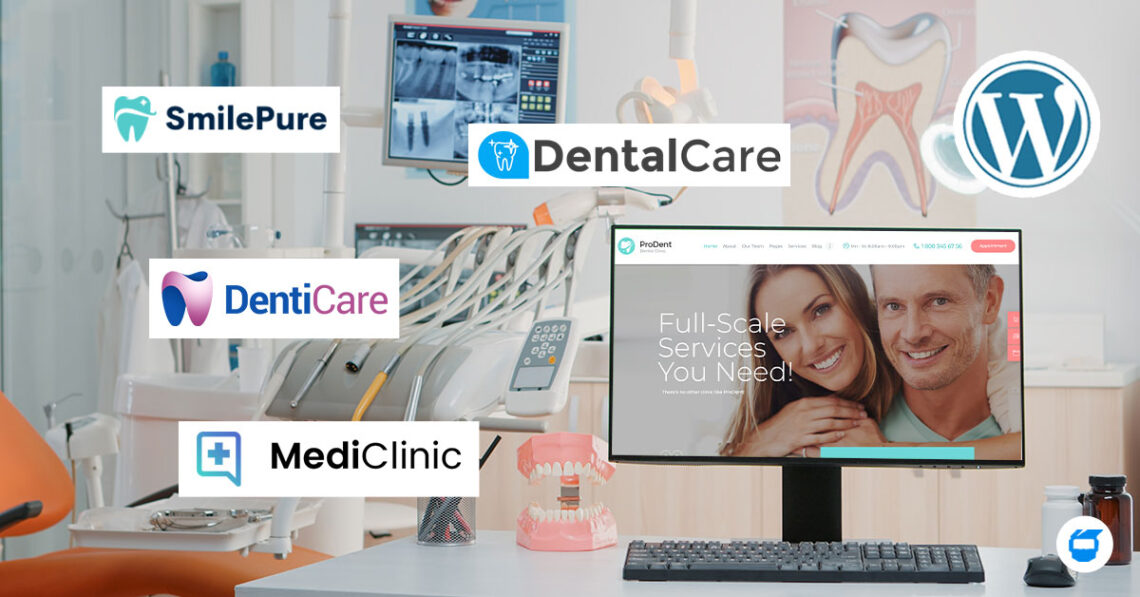Any digital marketing strategy when done right can bring results to your business, and an example of this is SEO. Learning and understanding how to do SEO is essential in driving website traffic and boosting brand awareness. However, the lack of knowledge in doing proper SEO becomes a deterrent. The good thing is that you don’t have to be all technical to be able to understand its basics; you just need to have the intent to pull through a good way to optimize your website for SEO. It’s not rocket science but you will need to have a proper grasp of how SEO works to be able to do it right and deliver results as it’s also not something that you can do without proper analysis and proven techniques.

What is SEO?
SEO or search engine optimization is a digital marketing strategy with a set of practices that pivots on optimizing your web pages for high ranks in the organic or unpaid search results of Google and other search engines. Basically, SEO is all about improving your website’s ranking in an organic way, which is why it involves having an effective content strategy, keyword strategy, content development, and more. It’s also found to be a cost-effective marketing strategy because it directly targets customers who are organically searching online for products and services that you may be offering.
Now, let’s dive into the SEO techniques to help drive traffic to your website:
1. Understand What Your Target Audience Wants
Creating content that’s centered only around what you want to produce won’t get you to engage as many people as you would expect. You need to learn and understand what your target audience wants so you can come up with a content strategy that is tailored to their needs and interests. Doing this allows more customers to be drawn to the content you produce and eventually build familiarity and trust with your brand.
Understanding what your target audience wants can be done through getting their feedback. Listen to that and keep it in mind. This will serve as a guide for you as you plan out your content marketing strategy.
2. Include Infographics in Your Content
Many of us process new information based on what we see rather than what we just heard. With 65% of the population all over the world being visual learners, it’s highly likely that your target audience perceives information better when you present them with visual content such as infographics. Including infographics in your content will help you engage your audience and allow them to understand what you’re highlighting.
Keep in mind that not everyone will take the time to read through a wordy message or explanation so you need to be crafty with your SEO techniques to drive website traffic. Infographics are especially helpful when you are trying to catch the attention of potential customers who aren’t familiar with your brand — it allows them to remember you by your visual content. Moreover, according to the infographic statistics by Visme, visuals such as charts, graphics, color design, and images help increase readership by 80%. This just goes to show that infographics, no matter how simple of a strategy it is, can make a difference in driving traffic to your website.
3. Create SEO Landing Pages
A landing page is a page that visitors land on when they decide to take action or know more about a business or content. It’s a page created for a designated purpose containing a call-to-action for your visitors and relevant keywords to help you rank. Having a landing page, especially a well-designed one, increases not only your search traffic but also your lead generation, sales, and conversions.
According to SEMrush, the best practices to follow when creating SEO landing pages are:
- Letting your keyword strategy guide the content
- Helping search engines understand your content’s structure
- Paying attention to the URL used
- Monitoring page speeds
- Building backlinks
4. Have a Mobile Responsive Web Design
Adapting to your target audience’s needs and preferences is essential to keep them engaged and continue to drive traffic to your website. Having a mobile responsive web design allows you to provide a good user experience to your audience. This only means that your website has to be presentable and has to work properly on mobile devices, given that 83% of mobile users expect a seamless experience every time they visit a website using mobile devices. In addition, over 80% of internet users use mobile devices to search online and over 70% of website traffic comes from mobile devices. So if you haven’t had your website mobile optimized, you surely are missing out on providing your visitors with a proper flow of access to your content and the possibility of driving quality traffic to your website.
5. Pay Attention to Topic Clusters
Keywords are important for improving your SEO and driving traffic to your website, but you can’t ultimately neglect what topic clusters can do to enhance your conversion, website traffic, and ranking on SERPs. A topic cluster is a group of interlinked web pages or articles around one pillar topic or content. It starts with the main topic or the pillar page, which holds a generalized subject, and within this is a wide range of specific details related to the pillar content. The pages that are linked tell the search engines that your pillar page is an authority on the topic.
That’s why it’s essential to know what your target audience is looking for and what will likely help answer their search queries. If you are able to understand what your audience wants and are looking for, you will be able to provide their topic of interest. When you pay attention to topic clusters, your website can also become a credible source for those pillar topics. This happens when Google views your website as a great source of information for a certain topic so it will suggest your page to users, improving your rankings. Take note that Google leads the users to the best possible pages that relate to their search terms, therefore, you have to up your game in creating content that serves relevance to your audience, and you’ll be able to rank higher.
5. Consider Creating Longer Content
According to Backlinko, the web pages that show up on the first page of Google contain 1,447 words, and that word count was evenly distributed among the top 10 results. Remember that this technique isn’t for everyone since a blog containing 1,500 words or more wouldn’t really entice other audiences to stay. Not everyone looks for blog content that will take them too long to read. However, creating longer content can still help you rank high since you’ll have more relevant keywords.
At the end of the day, you just need to center your content on satisfying user intent. May it be short or long content, you have to make sure that you are able to provide a quality, informative post for your audience, hence, leading Google to show your page in the search results.
7. Make Use of Social Media for Posting Valuable Content
Social media and SEO work well together. Given the difficulty to rank on Google search results, your blog may not get as much traffic, especially if it’s new so you may need a platform that allows you to call for the attention of a potential audience. Although social media doesn’t have any direct impact on your SEO ranking; it’s the links you post on different social platforms that help you gain visibility, credibility, and website traffic. Shares don’t generally have power in SEO rankings but it can still help, and the more people share your content on social media, the more likely it will send signals indicating that your posts are relevant and useful to your target audience.
Interestingly, CognitiveSEO found that the shares, likes, and comments on your posts send signals to Google and other search engines which can be used to help improve your website ranking. That’s why it’s vital that you create high-quality content that will serve relevance to your target audience, increasing quality traffic to your website.
8. Include Internal Links and External Links
Links are necessary for improving your SEO because it lets you build search engine authority, especially when they come from external sites that have already established domain authority and credibility when it comes to providing certain information to their audience. Including internal links and external links in your blog keeps the audience engaged, encourages them to become a customer or subscriber, and improves the credibility of your web pages and overall website.
But first, how do you differentiate one from the other?
Internal Links
Internal links are the links that come from any page on your website. You can use this link to lead your audience across other pages on your site and help them get the information that they need, providing your site with added authority and accessibility. Internal links also serve as a call-to-action for your audience which will encourage them to take the desired action. An example of this is “click the link to know more” or “contact us today. ” These are the common call-to-action you’ll encounter and are highly suggested to be included in your content as it also boosts your website traffic.
External Links
External links come from any web pages or domains outside of your website. Adding external links, especially those that come from websites with authority can provide trustworthiness and credibility to your content. On top of that, it will help boost your website traffic and ranking on Google’s search results. However, you have to remember not to be spammy with your links as this will not be helpful with your ranking. Make sure to only provide links from websites with good domain authority and include the ones that are relevant to your content. The good thing about eternal links is that you get to add extra information to your audience and at the same time, improve your SEO in the process.
9. Repurpose and Update Your Old Content
If not all, then some tend to leave their old content behind after being posted for some time. Well, if you’ve been creating blogs for a while now, you may already have a lot of them to repurpose. Your old posts may still be gaining organic traffic even after quite some time and can still be improved to have relevance at present to your audience. You can start by taking note of the top-performing content and make sure to go through them every few months to keep them updated. See to it as well that these posts don’t go more than 6 months without being updated.
10. Think About the User Experience of Your Website
Boosting your SEO to drive traffic to your website doesn’t just revolve around keywords and links. Today, enhancing the usability of your website also means improving your SEO. To be able to get your website to rank high on search engines, you need to have a good user experience because search engines take note of human behavior and experience. So just as much as you’re working on your SEO tactics, you’ll also need to work on your web design to provide your audience with a good user experience. Doing this will help improve your website traffic, engagement, and ranking on search engines such as Google.
If you’re looking for someone to help you with the SEO of your business, contact us today, and we’ll be glad to help you!













